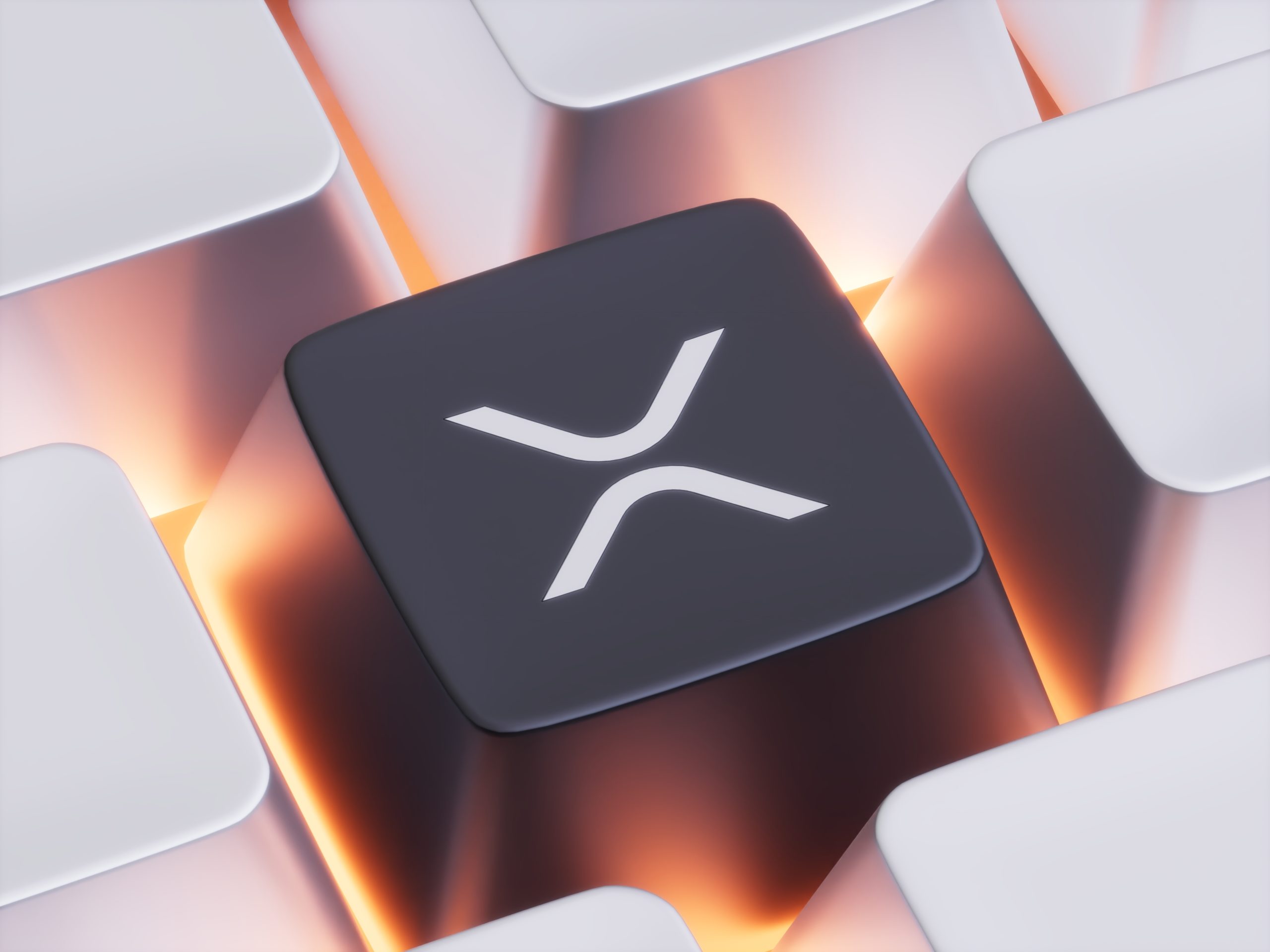One set of BTC wallets worth $117 billion is in the spotlight.
Quantum computing and Bitcoin.
It’s been an on-and-off topic of discussion over the years, but as time flies by and we’re seeing an accelerating rate of tech progress, QC and AI are becoming increasingly in the spotlight.
As Bitcoin’s market cap continues rising, which will likely hit $3 trillion in the coming months, it raises the following questions:
— What current proposals are there among developers to make Bitcoin’s blockchain quantum-resistant?
— What (realistic) timeframes are we looking at?
In July, notable Bitcoin developers and contributors, Jameson Lopp, Christian Papathanasiou, Ian Smith, Joe Ross, Steve Vaile, and Pierre‑Luc Dallaire‑Demers released a draft proposal on GitHub titled Post Quantum Migration and Legacy Signature Sunset. It consists of three key stages:
Phase A: Disallows sending of any funds to quantum-vulnerable locking scripts, hastening the adoption of post-quantum scripts.
Phase B: Renders [Elliptic Curve Digital Signature Algorithms] ECDSA/Schnorr spends invalid, preventing all spending of funds in quantum-vulnerable UTXOs. This is triggered by a well-publicized flag-day roughly five years after activation.
Phase C (optional): Pending further research and demand, a separate [Bitcoin Improvement Proposal] BIP proposing a method to allow quantum-safe recovery of legacy UTXOs, potentially via ZK proof of possession of a corresponding BIP-39 seed phrase.
There is one question on everyone’s mind: What would likely happen to Satoshi’s BTC holdings, reportedly ranging from 600,000 BTC ($64 billion) to 1.1 million BTC ($117 billion)?
The most plausible scenario is that Satoshi, or whoever manages their private key, will have to go via Phase C, assuming it goes ahead.
It will prove one of two things (or both): Satoshi has lost the private keys and recovery seed, or, unfortunately, they have passed away. I say ‘they’ because I strongly believe that Satoshi wasn’t an individual, but a small group, but I digress.
Sidenote: You can monitor the balance of his wallets in real-time through Arkham Intelligence. Despite funds not moving for many years, you will see there are several daily microtransactions sending funds to Satoshi.
My take on the draft proposal? I’m all for it.
Start planning for the worst-case scenario: that we witness an incredible breakthrough in quantum computing much sooner than expected.
The (currently theoretical) threat to Bitcoin’s digital signature algorithm involves a quantum computing approach called Shor’s Algorithm. I won’t cover it here, for the sake of brevity and simplicity. This CoinDesk article from July is a good starting point.
With an estimated 2.3–3.7 million BTC permanently lost, representing up to $400 billion of BTC at current prices, the race will eventually be on to find ways to recover as many BTC, even satoshis, as possible.
While there have been dedicated BTC/crypto recovery services managing to re-access various wallets over the years, we’d be looking at recovering a fraction (up to 3%) of the millions of inaccessible BTC.
Fortunately, as new Bitcoin become rarer and we have far more awareness and convenient options for seed recovery than in the early days, I doubt we’ll see a large increase in the number of lost BTC.
Besides, even if this suggested soft fork were to gain approval among Bitcoin developers as an official BIP in the coming years, BTC holders would still likely have at least 10 years to move their wallets to a quantum-resistant blockchain.
Moreover, from a privacy perspective, it’s strongly recommended not to reuse BTC or altcoin addresses.
According to a Vitalik Buterin post in August, there’s a 20% likelihood that QC will compromise modern cryptography by 2030. If anything, it will likely be sometime around 2040.
So, why are we discussing this now? It will become increasingly important as QC advances and trillions of dollars continue flowing into Bitcoin, not to mention the overall cryptocurrency market.
Some of you might be wondering, what about the Bitcoin mining side of things? So far, I’ve focused on digital signatures for existing transactions on its blockchain.
Bitcoin’s mining algorithm, SHA-256, has QC risks, but it’s far easier to adjust the mining difficulty than to modify ECDSA/Schnorr.
In fact, the blockchain’s hashrate continues to climb, after exceeding 1 Zetta hash per second (Zh/S) last month, meaning one sextillion (1 × 1⁰²¹) hashes, or one billion Terahashes, per second.
A higher hash rate strengthens the Bitcoin blockchain, making it increasingly expensive to get and maintain majority control of the network’s mining operations.
Even though this higher hashrate generally translates to a trend of higher BTC/USD prices, especially over longer timeframes where higher BTC prices incentivise miners to expand capacity, I wouldn’t call this a positive correlation.
While there is discussion about transitioning from SHA-256 to a quantum-resistant alternative, the focus has been more on finding a quantum-resistant digital signature system for Bitcoin.
One proposal is the Pay to Quantum Resistant Hash (P2QRH) signature method, first covered in BIP-360.
Additional thoughts
While quantum computing is increasingly becoming a talking point — QC stocks such as Quantum Computing Inc. (QUBT) and Rigetti Computing, Inc. (RGTI) are up by 2,000% and 4,700% over the past 12 months — there should be more emphasis on Bitcoin’s scalability when it comes to payments or even programmability, i.e., smart contracts.
While pushing for more throughput (transactions per second) remains an important issue, its blockchain’s decentralisation and network security remain king.
This makes sense when you consider that over $2.4 trillion is in its network, coupled with the need to maintain its status as the world’s most secure network in terms of censorship resistance, immutability, and uptime.
These points represent Bitcoin’s biggest selling points. If something catastrophic were to happen to its blockchain, I highly doubt it would ever be able to recover.
I refuse to give anti-Bitcoiners, and, by extension, anti-cryptocurrency crusaders, any more ammunition. Mind you, Bitcoin hasn’t been declared “dead” since April 2024, so we’ve managed to (mostly) silence the naysayers.
Claims that crypto is used by criminals, a Ponzi Scheme, worthless and “probably rat Poison squared” are superficial, misleading or outdated remarks that are mostly BS.
With over 1,000 active Bitcoin developers and growing, I remain optimistic about the network and believe they will manage to migrate the ecosystem to a quantum-resistant chain in time.
Regarding scalability, the 2024 Developer Report by Electric Capital states that 42% these active devs are working on scaling solutions. Lightning, Liquid, Stacks and other networks are some of the most high-profile ones working to boost Bitcoin’s scalability.
How important is it to further evaluate the proposal to move Bitcoin’s digital signature and mining algorithms to quantum-resistant versions? Should this be put on the back burner (for a few more years) and instead focus on boosting Bitcoin’s scalability? Comment below.
Reference for the Bitcoin draft proposal:
Lopp, J., Papathanasiou, C., Smith, I., Ross, J., Vaile, S. and Dallaire‑Demers, P‑L. (2025), Post‑Quantum Migration and Legacy Signature Sunset, BIP (draft), available at https://github.com/jlopp/bips/blob/quantum_migration/bip‑post‑quantum‑migration.mediawiki (accessed 17 Oct 2025).
The information I obtained from this was used in accordance with the 3-Clause BSD License.
You might also be interested in these stories:
Disclaimers
• This blog post is for informational purposes only. None of this is financial advice. You are ultimately responsible for your decisions.
• My opinions in this piece may not reflect those of any news outlet, person, organisation, or entity listed here.
• Please do sufficient research before investing in any cryptocurrency assets, staking, NFTs, or other products associated with this space.



